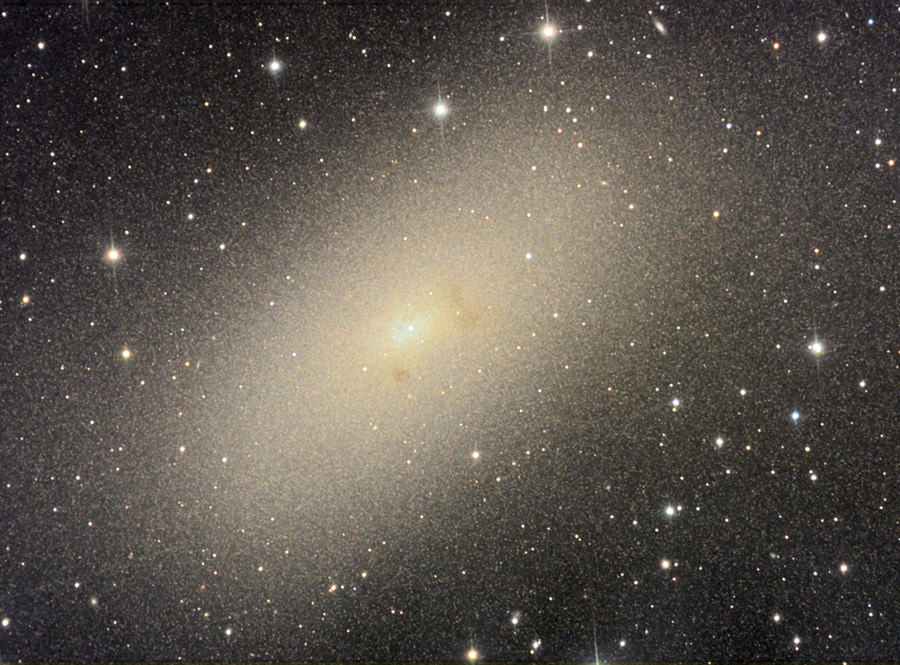And the answer is... rotation!
Posted: Thu Jun 23, 2011 6:58 pm
What is the answer to life, the universe and everything? You thought it was 42? Forget it. No, the ultimate arbiter, the one factor that explains and defines everything, is rotation!
Good news! Now it will be so much easier to find Earth-like planets. Forget looking for planets whose mass is comparable to the Earth's. Forget looking for planets within their stars' habitable zone. Forget looking for rocky planets with liquid oceans on their surfaces and an atmosphere. Forget looking for planets whose atmospheres show signs of biological activity. No, if you want to find an Earth-like planet, all you have to do is looking for a planet which rotates like the Earth! Does it take between 350 and 400 Earth days to orbit its Sun? Does it turn on its axis every 20 to 30 hours? Bingo, it's an Earth-like planet!
Well, this may or may not reflect the general approach to Earth-like planets among dedicated planet hunters. Among galaxy classifiers, however, rotation seems to be the Alpha and Omega of classification tools. Does a galaxy look like a roundish or oval yellow blob? Maybe it does, but this means nothing, nothing at all! No, the only thing that matters is how this blob rotates. Does it rotate slowly, like an elliptical galaxy? Then it is an elliptical galaxy. Does it, on the the other hand, rotate fast, like a spiral galaxy? Then congratulations! Yellow blob, from now on you are a spiral galaxy!
Dwarf spheroidal galaxy NGC 205 by Adam Block. Don't cry, little galaxy, we may call you a spiral yet! We'll just check out your rotation!
Read all about it here:
http://www.astronomynow.com/news/n1106/23galaxies/
Ann
Good news! Now it will be so much easier to find Earth-like planets. Forget looking for planets whose mass is comparable to the Earth's. Forget looking for planets within their stars' habitable zone. Forget looking for rocky planets with liquid oceans on their surfaces and an atmosphere. Forget looking for planets whose atmospheres show signs of biological activity. No, if you want to find an Earth-like planet, all you have to do is looking for a planet which rotates like the Earth! Does it take between 350 and 400 Earth days to orbit its Sun? Does it turn on its axis every 20 to 30 hours? Bingo, it's an Earth-like planet!
Well, this may or may not reflect the general approach to Earth-like planets among dedicated planet hunters. Among galaxy classifiers, however, rotation seems to be the Alpha and Omega of classification tools. Does a galaxy look like a roundish or oval yellow blob? Maybe it does, but this means nothing, nothing at all! No, the only thing that matters is how this blob rotates. Does it rotate slowly, like an elliptical galaxy? Then it is an elliptical galaxy. Does it, on the the other hand, rotate fast, like a spiral galaxy? Then congratulations! Yellow blob, from now on you are a spiral galaxy!
Dwarf spheroidal galaxy NGC 205 by Adam Block. Don't cry, little galaxy, we may call you a spiral yet! We'll just check out your rotation!
Read all about it here:
http://www.astronomynow.com/news/n1106/23galaxies/
Ann

